 Loading...
Loading...Teach and Assess
ConnectEd provides a wealth of curriculum resources including lesson plans, student handouts, and media and web resources. Use the links below to filter the library by industry sector.
Exploring College, Career and Community Options (ECCCO)
College Access
Students explore their post-secondary options and create a college and career plan. Students learn about financial aid options and complete tasks related to college admissions, such as documenting and reflecting on their extracurricular activities and writing a high-quality personal statement. The curriculum is also intended to prepare students for the costs and culture of college by providing opportunities for advanced planning and budgeting.
Career Development
Students explore their career options by surveying their interests and attending career exploration visits to deepen their understanding of an industry sector. Students prepare for internships and jobs by conducting mock interviews and writing a high-quality resume and cover letter. The curriculum is also intended to guide students through a summer internship by providing lessons that highlight common job site challenges such as understanding time and stress management and workplace diversity.
Download ECCCO - Career Development
Set Up ECCCO Plan on Studios
Arts, Media, and Entertainment
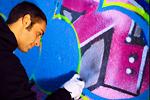
Visual Arts 1.1: Expressing Yourself
Students begin to explore issues of self-representation by looking at how others have used art and design to represent themselves and by thinking about how they can answer the question "Who am I?" through their artwork.

Digital Media Arts 1.1: Introduction to Audio Stories
Students learn how recorded sound can be used to establish a setting, evoke emotion, and tell a story by listening and recording. Students choose a story for their audio story project, plan how to use sounds to tell the story, and outline the sound recordings they will produce.
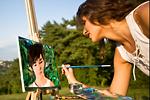
Visual Arts 1.2: Picturing Yourself
Students begin to learn the fundamental skills of drawing and sketching. As they practice drawing and sketching techniques, students create two components of their unit projects: a drawing of an object that is important to them, and an avatar.
Biomedical and Health Sciences
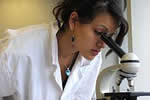
Crime Scene Investigation
In this unit, students take on the role of crime scene investigators to solve a murder that has occurred at the school. They will integrate math, science, and language arts into the study of forensic science and associated health science careers.
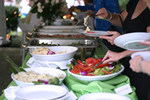
Good Eats
In this unit, students will learn about the connection between nutrition and health. Through interdisciplinary study in Biolo

Second Opinion
In this unit, students will explore the variety of medical practices that exist outside of conventional Western medicine. Complementary and alternative medicine, known as CAM, is becoming more widely accepted in the United States as our population becomes
Engineering

Reverse Engineering
Students are introduced to design engineering and the process of reverse engineering in research and development. Students study the historical impact of the Enigma Machine, a classic example of reverse engineering. The unit culminates in students tearing down and redesigning a common household object.
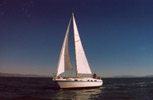
Ship Shape
This integrated unit focuses on the theme of naval architecture. Students are introduced to naval engineering and the history of sailing and ship design. Students explore the science and math associated with designing seaworthy vessels, and the unit culminates in a ship design challenge.

Bridge Building
In this unit, students are introduced to application physics and trigonometry in bridge engineering, as well as the potential ecological impact of large-scale construction. The unit culminates in a design challenge where students design, build and test truss bridges made of balsa wood.
Law and Justice

Foundations in Law 4.1: A Civil Complaint
Students learn about the fundamentals of civil justice systems and identify differences and areas of overlap between criminal and civil law. Students explore several civil cases and learn about the purpose and effects of civil litigation. Students use a famous liability case as a case study to build an understanding of causes of action, the elements of product liability, and the purpose and process for awarding damages.
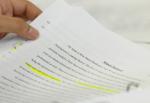
Foundations in Law 4.2: Building a Case
As part of the unit project, students assume the roles of civil law professionals as they join legal teams and collaborate to identify relevant facts, construct timelines, and anticipate counterarguments in the Fremont case. Building on their understanding of negligence and strict product liability, students prepare arguments and write an internal memo to the firm’s senior partner outlining the strengths and weaknesses of their case.

Foundations in Law 4.3: Preparing for Trial
Legal teams continue preparing their arguments for trial. Teams evaluate opening arguments and witness questions to determine what makes them effective in court, then prepare and practice their own arguments. Legal teams meet with opposing counsel to determine whether settlement would benefit their client. Students explore the advantages and drawbacks of settlement in civil cases, as well as ethical issues and key skills relevant to legal professionals who work in the civil justice system.
